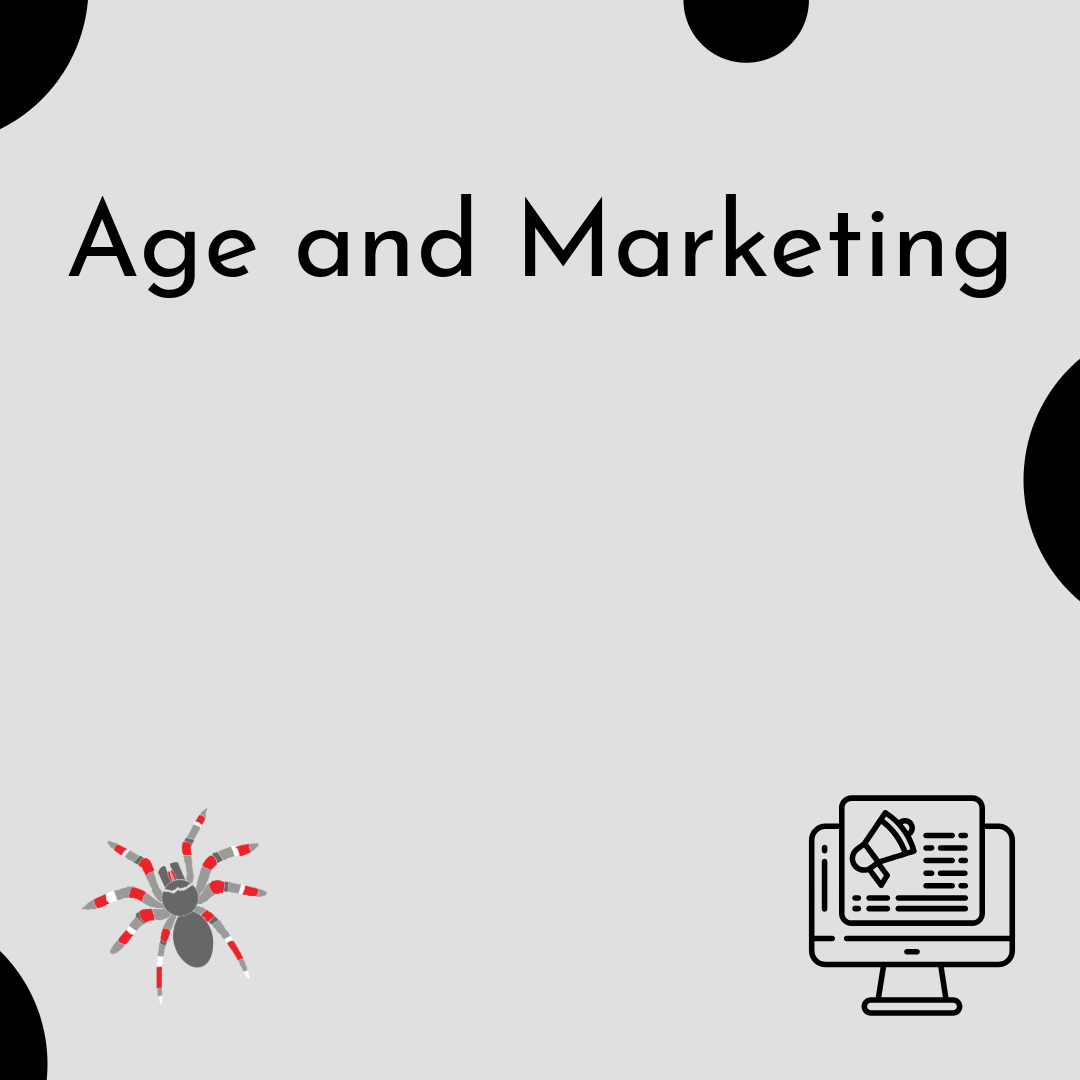
Navigating Age Diversity in Marketing: Strategies for Reaching Every Generation
Dylan Caldwell - August 1, 2024
In the dynamic world of marketing, understanding and effectively engaging diverse age demographics is crucial for success. Today, businesses must navigate a landscape where multiple generations, each with distinct values, preferences, and communication styles, coexist. From Baby Boomers to Generation Z, tailoring marketing strategies to resonate with different age groups requires thoughtful consideration and strategic planning.
The Importance of Age Diversity in Marketing
Age diversity in marketing encompasses understanding the unique characteristics and behaviors of various generational cohorts. Each generation grew up in different eras, experiencing distinct cultural, technological, and societal influences that shape their consumer behaviors and expectations. Acknowledging these differences allows marketers to craft targeted messages that resonate authentically with each age group.
Key Strategies for Marketing to Different Age Demographics
- Research and Segmentation: Conduct thorough research to segment your target audience by age demographics. Utilize demographic data, psychographic insights, and market research to understand their values, preferences, media consumption habits, and purchasing behaviors.
- Tailored Messaging and Platforms: Customize your messaging to appeal to the preferences and communication styles of each generation. For instance, Baby Boomers may prefer more detailed information and traditional media channels, while Millennials and Gen Z gravitate towards digital platforms and value authenticity and social responsibility in brands.
- Adaptation of Technology: Embrace technology in your marketing strategies while considering the technological proficiency of different age groups. Older generations may prefer simpler interfaces and clear instructions, whereas younger generations are more adept at navigating complex digital platforms.
- Storytelling and Brand Narrative: Develop compelling brand narratives that resonate with the life stages and experiences of each age group. Use storytelling techniques that evoke nostalgia for older generations or highlight social causes for younger generations who prioritize sustainability and social impact.
- Personalization and Customer Experience: Leverage data-driven personalization to deliver tailored experiences across marketing channels. This includes personalized emails, targeted advertisements, and customized content that speaks directly to the interests and preferences of different age demographics.
- Multi-Channel Approach: Adopt a multi-channel marketing strategy to reach diverse age groups across various platforms. Utilize social media, email marketing, traditional advertising, and experiential marketing to engage with consumers at different touchpoints in their consumer journey.
- Continuous Adaptation and Innovation: Stay agile and responsive to evolving consumer preferences and market trends. Monitor feedback, analyze campaign performance, and adapt your strategies accordingly to maintain relevance and effectiveness across different age demographics.
Case Studies in Effective Age-Diverse Marketing
- Apple: Known for its sleek and innovative products, Apple tailors its marketing campaigns to appeal to both tech-savvy Millennials and older generations who value simplicity and reliability.
- Dove: Dove’s “Real Beauty” campaign resonates across generations by promoting body positivity and inclusivity, addressing concerns relevant to women of all ages.
- LEGO: LEGO effectively targets both children and nostalgic adults with its creative marketing campaigns that emphasize imagination and play.
Conclusion
Marketing to diverse age demographics requires a nuanced approach that recognizes and respects the unique characteristics and preferences of each generation. By understanding generational differences, leveraging appropriate communication channels, and crafting authentic messaging, businesses can build stronger connections with consumers across the age spectrum. In a rapidly changing marketplace, embracing age diversity in marketing not only enhances brand loyalty but also ensures sustained relevance and growth in an increasingly competitive landscape.
Ultimately, successful age-diverse marketing strategies are rooted in empathy, research, and a commitment to adapting to the evolving needs and expectations of consumers of all ages. By prioritizing inclusivity and authenticity in your marketing efforts, businesses can foster meaningful relationships and drive long-term success in an ever-changing consumer landscape.